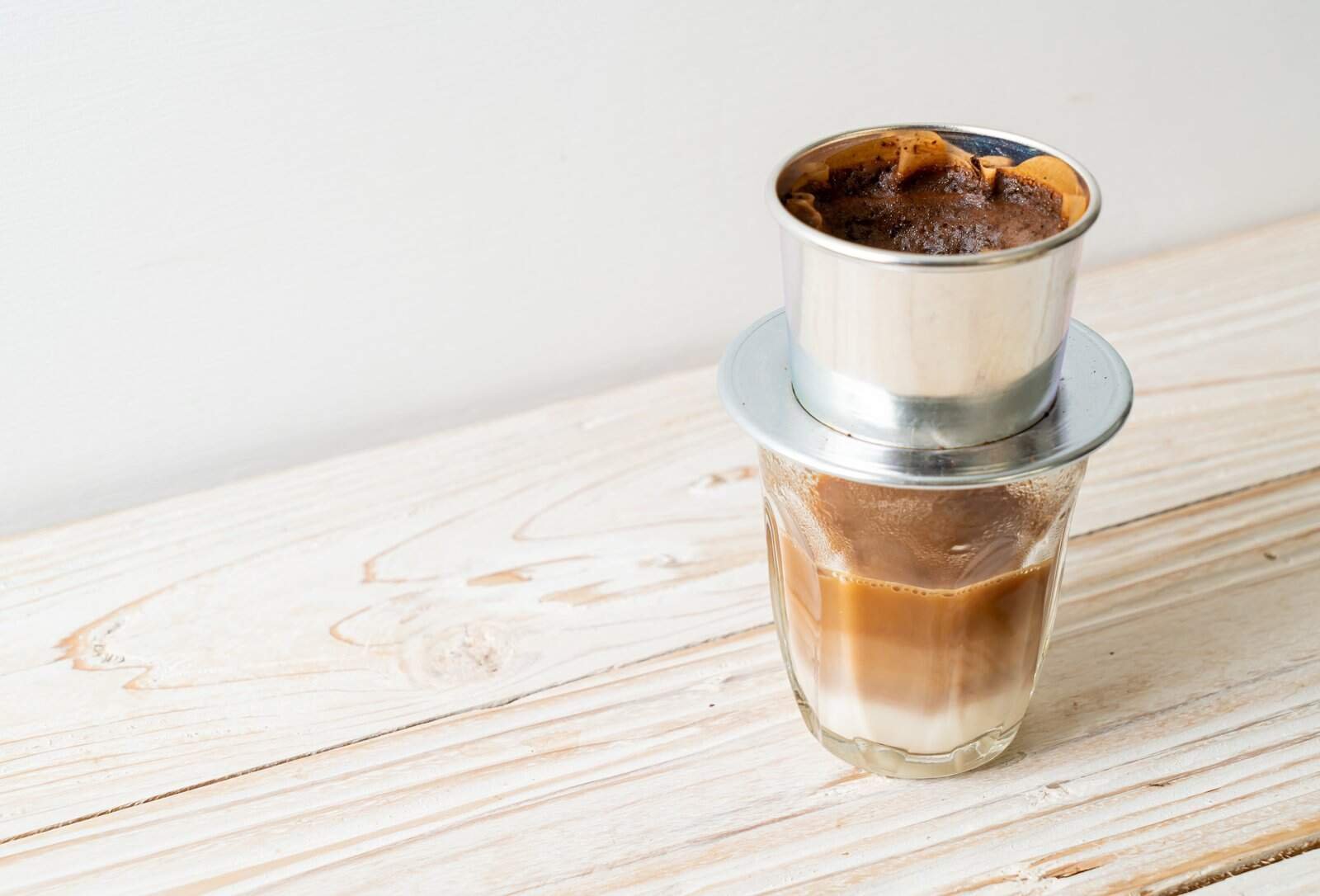The Mekong Delta in the south of Vietnam is a water-centric living planet where rivers take the place of roads and boats serve as vehicles of commerce. One of the most memorable activities in this district is going to a floating market, where vibrant boats are loaded with tropical fruits, fresh vegetables, and local delicacies. Floating markets give a unique opportunity to locals and tourists to learn about the culture and lifestyle of the river communities in Vietnam. For those travellers who want to have an experience with the most authentic, flavorful, and visually impressive spectacle, this is an experience that cannot be missed.
What Makes Floating Markets in the Mekong Delta So Special?
The floating markets in the Mekong Delta are on a whole new level compared to other market experiences worldwide. These are the places where vendors would sometimes sleep on their boats after setting up their goods during the late night or early morning, anchoring in the middle of wide rivers to sell their goods. The atmosphere is energising with sellers shouting the names of their products and customers hopping from boat to boat to find the best deals. Markets such as Cai Rang and Phong Dien are the most popular ones, and they are always included in Vietnam travel packages.
There’s no comparison to the freshness of the produce. Fruits like bananas, pineapples, and dragon fruit are only examples of produce that comes directly from farms. More so, these markets are the hot spots for exploring the Mekong people’s culture first-hand.
How Can You Best Explore a Floating Market?
Seeing a floating market from a boat ride in the morning is undoubtedly the best way to enjoy it. Most of the guided tours start before sunrise, so you can catch the market at its liveliest without the scorching heat. Local guides often accompany these trips, sharing stories about the significance of each product and tradition. Signing up through a reliable Vietnam tour agency is a smart choice as it gives you the possibility to select the best excursions that are well organised and can also be matched with visits to local workshops or noodle factories nearby.
Boat rides can be tranquil or bustling depending on the market, but either way, they offer stunning views of river life, stilt houses, and lush tropical scenery. This form of travel also allows you to support local boat owners and vendors directly.
What Can You Eat or Buy at a Floating Market?

In addition to fruits and vegetables, floating markets are also known for their mobile kitchens. Small boats serving hot pho, strong Vietnamese coffee, and crispy banh mi are everywhere. Food lovers will find this an absolute paradise. Everything is made fresh on the spot, and there is also something about sipping hot noodle soup that is very pleasant on a quiet river.
Moreover, you can buy souvenirs like handmade crafts, coconut candies, and traditional conical hats at the floating markets. Direct dealing with locals assures you of fair prices, and haggling becomes a natural part of the fun. When looking for Vietnam travel packages, try to find an itinerary that gives you enough time to enjoy the markets without hurrying.
Frequently Asked Questions
Which is the best floating market to visit in the Mekong Delta?
Cai Rang is the most popular and largest floating market in the region, known for its lively atmosphere and diversity of goods.
When is the best time to visit?
The most suitable time to visit would be early morning, usually between 5:30 AM and 8:00 AM, as the markets are in full swing then.
Is it safe to eat food from boat vendors?
Yes, it is generally safe, especially when you see the locals eating at the same stalls as you. Just pick hot and freshly cooked dishes.
How do I book a floating market tour?
You can easily book a floating market tour through a Vietnam tour agency that specialises in the Mekong region. They will handle your logistics and make sure that your experience is both smooth and authentic.
From the cultural richness to the delicious food, the floating markets of the Mekong Delta truly impart a sensory journey like no other. This is not just a tourist attraction—it is a living part of Vietnam’s soul that is still waiting to be explored.

